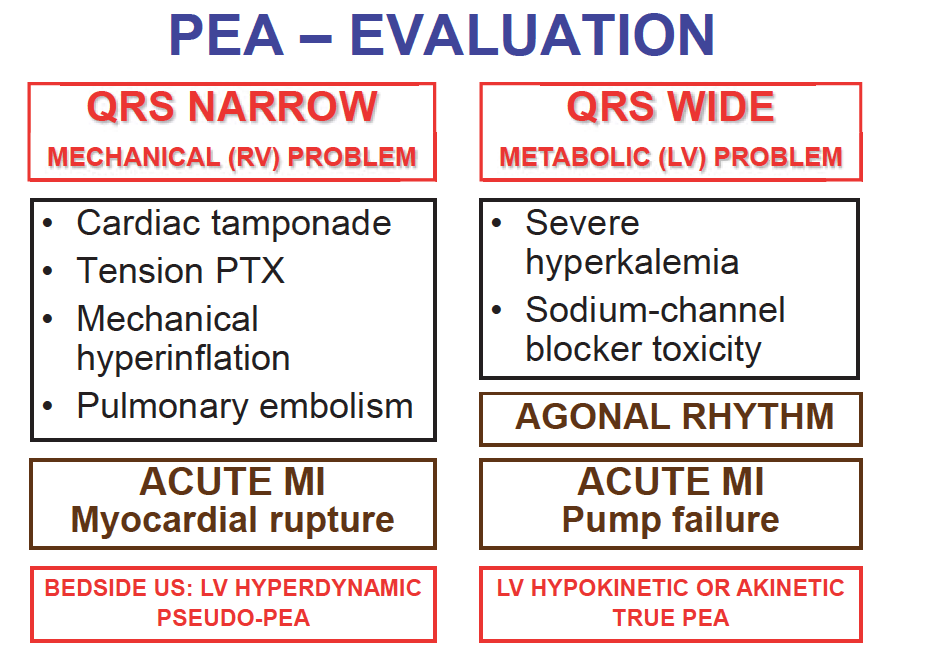What is the physiologic reasoning behind amiodarone post-ROSC?
On the scene of a recent full-arrest, two of my firemedics were caught in a disagreement of the drug's use.
One argued amiodarone is only to be used post-ROSC on pts who were previously in v-fib or v-tach.
The other firemedic argued it is to be used on all post-ROSC pts, regardless of cardiac rhythm.
Our protocol states amiodarone IS to be used on all post-ROSC pts, but I was never educated of this while in school.
What's the point?
Sent from my iPhone using Tapatalk
On the scene of a recent full-arrest, two of my firemedics were caught in a disagreement of the drug's use.
One argued amiodarone is only to be used post-ROSC on pts who were previously in v-fib or v-tach.
The other firemedic argued it is to be used on all post-ROSC pts, regardless of cardiac rhythm.
Our protocol states amiodarone IS to be used on all post-ROSC pts, but I was never educated of this while in school.
What's the point?
Sent from my iPhone using Tapatalk

